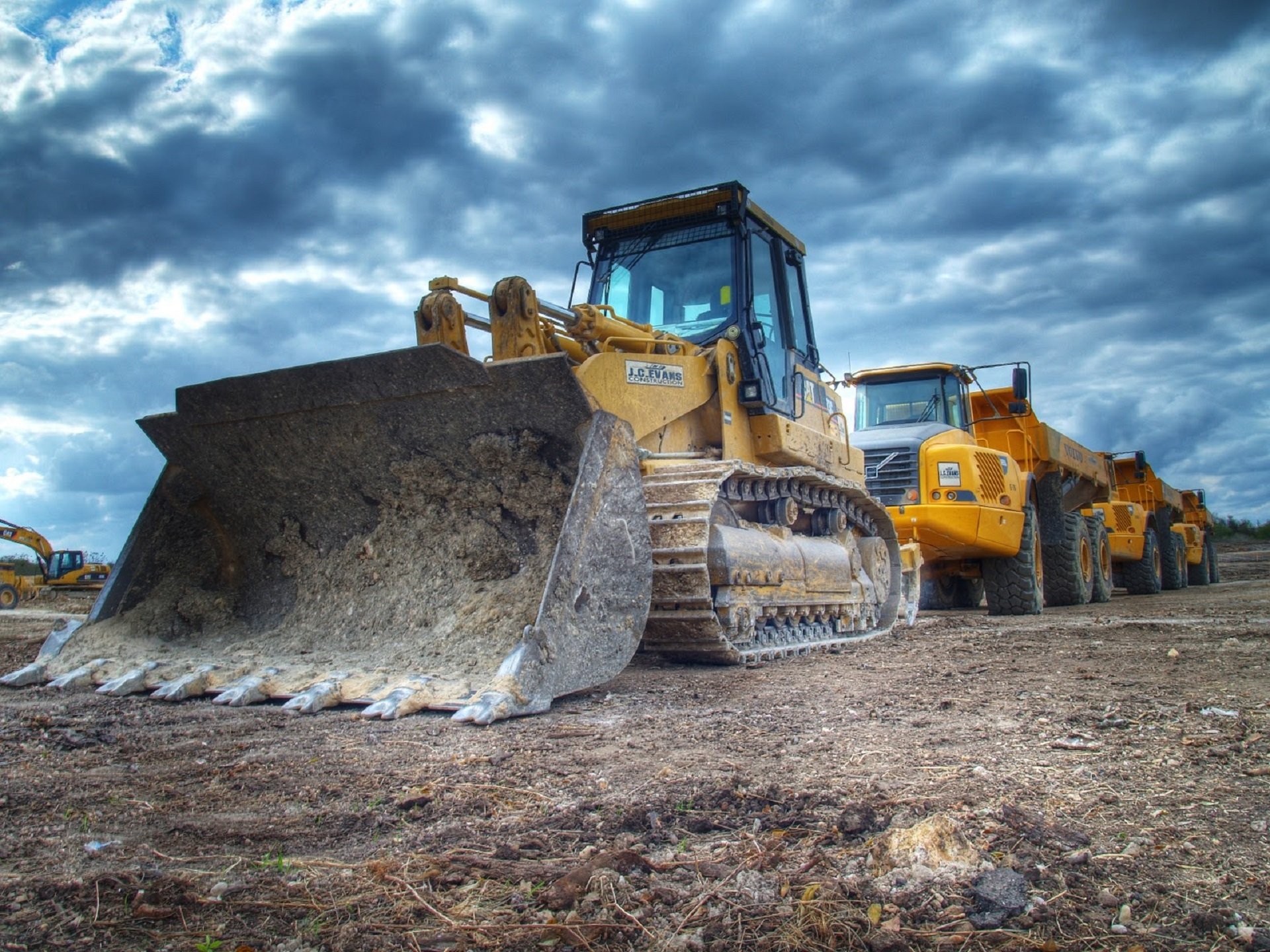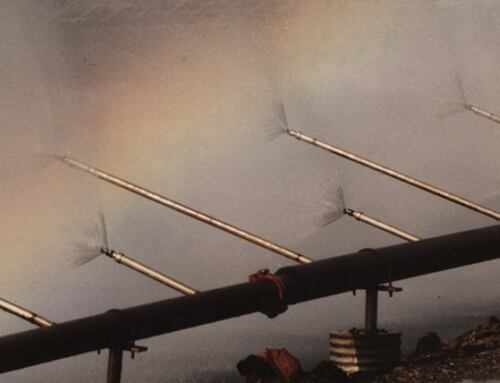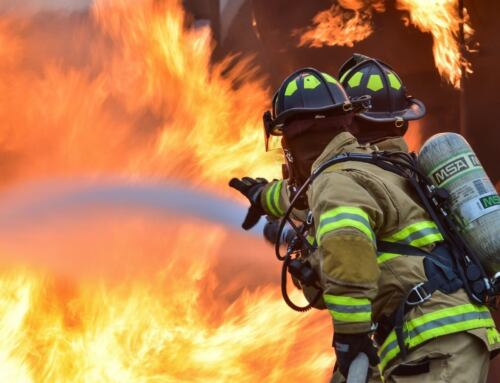How to control dust in the mining industry
Effectiveness of Different Dust Suppression Spraying Devices in Coal Mining
As the coal mining industry worldwide has come under more scrutiny, companies in the field work to keep up with technological advancements. They especially note progress in health, safety, and the environment.
Explosions, cave-ins, and equipment accidents can have tragic consequences while making the headlines. The pernicious effects of coal dust, however, may have had an even greater impact on illness and deaths over the past century and a half.
To protect the safety of their valuable employees and also to remain compliant with federal health and safety regulations, coal companies realise that they must keep coal dust suppression in the top tier of their safety priorities.
Effective Dust Suppression Protects Worker Health, Safety, and Well-Being
Long term exposure to coal dust can create the debilitating and eventually fatal condition called “black lung disease.” Experts divide dust for this purpose into two categories.
• Inhalable dust, which the body’s natural processes trap in the nose, mouth, or other areas.
• Respirable dust whose particles are too small to trap and, therefore, end up in the lungs where they can potentially do damage.
Quartz and other forms of respirable crystalline silica always carry the potential to kill when inhaled over a period of time. The more silica in the air, the more likely that a person will grow sick and die from complications. The USA’s most deadly industrial disaster came not from an explosion or other dramatic event; it occurred when almost 800 workers on the Hawks Nest Tunnel project in the 1930s died painful deaths in a relatively short period of time. Research found that those who died had inhaled air that carried almost 100 per cent respirable silica particles.
Inhalable dust can cause problems as well. In sufficient amounts, it affects visibility. Exposure to too much inhalable dust can aggravate conditions such as asthma and irritate the nose, throat, and sinuses.
Coal Dust Suppression Techniques
Mining companies can adopt numerous methods which, if used effectively together, can reduce exposure to harmful airborne particles.
Well planned and executed ventilation systems and face protection in key areas can help. Mines should have equipment in place to increase ventilation of airflow, such as homotropal ventilation whereby a current of air travels in the same direction as the flow of mineral out of a mine, or shearer-clearers to reduce particles substantially in long wall operations.
Placing workers and operation stations in low dust areas when possible can also help.
The use of water suppression to prevent dust from reaching the air in the first place represents the most vital part of the dust prevention toolkit. While ventilation is important, keeping dust from entering the air to begin with can also cut the risk.
Water suppression can take place during a variety of mine operations, including, but not limited to:
• Introduce water during drilling or roof bolting
• Wet down materials that are cut and removed
• Enclose crushers and transfer points, using water sprays to reduce dust
• Water down all haul roads regularly
Water suppression systems usually use hoses and nozzles to distribute the water. Dust, however, is not all created equal. Different kinds of dust have qualities that require various measures to combat. Dust comes in different types of sizes, volume, flux, velocity and intensity. Also, the environments around dust can affect it. Is the dust inside or outside? Does wind, breeze, or ventilation drafts stir the dust?
Water itself should be free of contaminants that could create clogs or jams in the flow.
Depending on the dust, its environment, how wide a field that needs to be covered, and the optimum size of the droplets, several types of industrial nozzles are available.
Types of Industrial Nozzles Used
Mines use two types dust suppression solutions: atomisers and cone pattern nozzles.
Air atomisers combine water droplets with compressed air to create different patterns of spray. Many atomisers allow the operator to adjust the air and water combinations to create different droplet sizes. Depending on the dust, you will need larger or smaller droplets.
Consistent quality of water and airflow is a must with an air atomising nozzle.
Full and hollow cone pattern sprayers are called pressure atomisers because they only use water pressure itself to adjust the flow. Here are some important qualities to remember when considering industrial nozzle selection:
• Hollow cone sprayers use a circular spray pattern using a number of different designs to create small to medium-sized droplets. Their larger orifice nozzles make them appropriate and easier to use in most operations because they resist clogging
• Full cone sprayers produce medium to large droplets while offering a selection of pressures. They can direct water in a concentrated spray pattern for long distances
• A solid stream configuration sends a straight, solid, and uniform spray of water, much like a conventional hose. They suppress dust by creating deluges in affected areas.
• Flat fan configurations work well in narrow and enclosed spaces by spraying small to medium-sized droplets over tapered, even, and deflected type sprays.
• Air atomisers come in hydraulic and air-assisted systems. They cost more than other nozzles, but send mists of fine water droplets into the air to bind with dust, making them heavy enough to drop.
Other factors affect nozzle performance besides its configuration. Water pressure, measured at the pump by a gauge is vital because it governs many aspects of spray intensity, distance, and pattern. The angle, number, and performance tables of nozzles also determine how effectively they can suppress dust in a given area. Narrow spray angles, for example, provide a more intense and thorough spray pattern. In many cases, you will need multiple nozzles for an effective dust suppression system.
Reach Out Today
If you want to learn more about water suppression systems and how to use them, call us today. Our expert and professional staff can answer any questions about water suppression, coal dust, or our exclusive BETE system, which sets industry standards.







